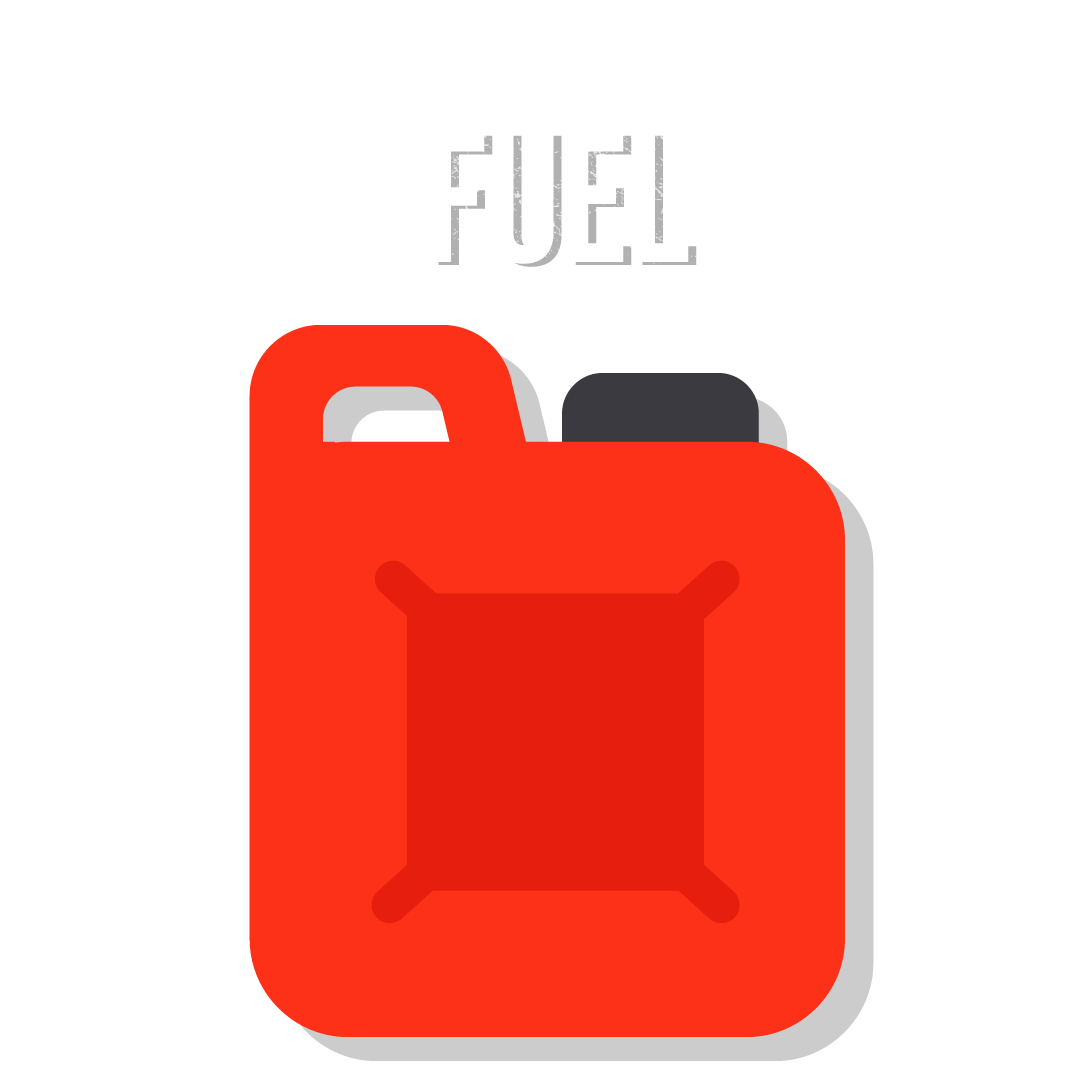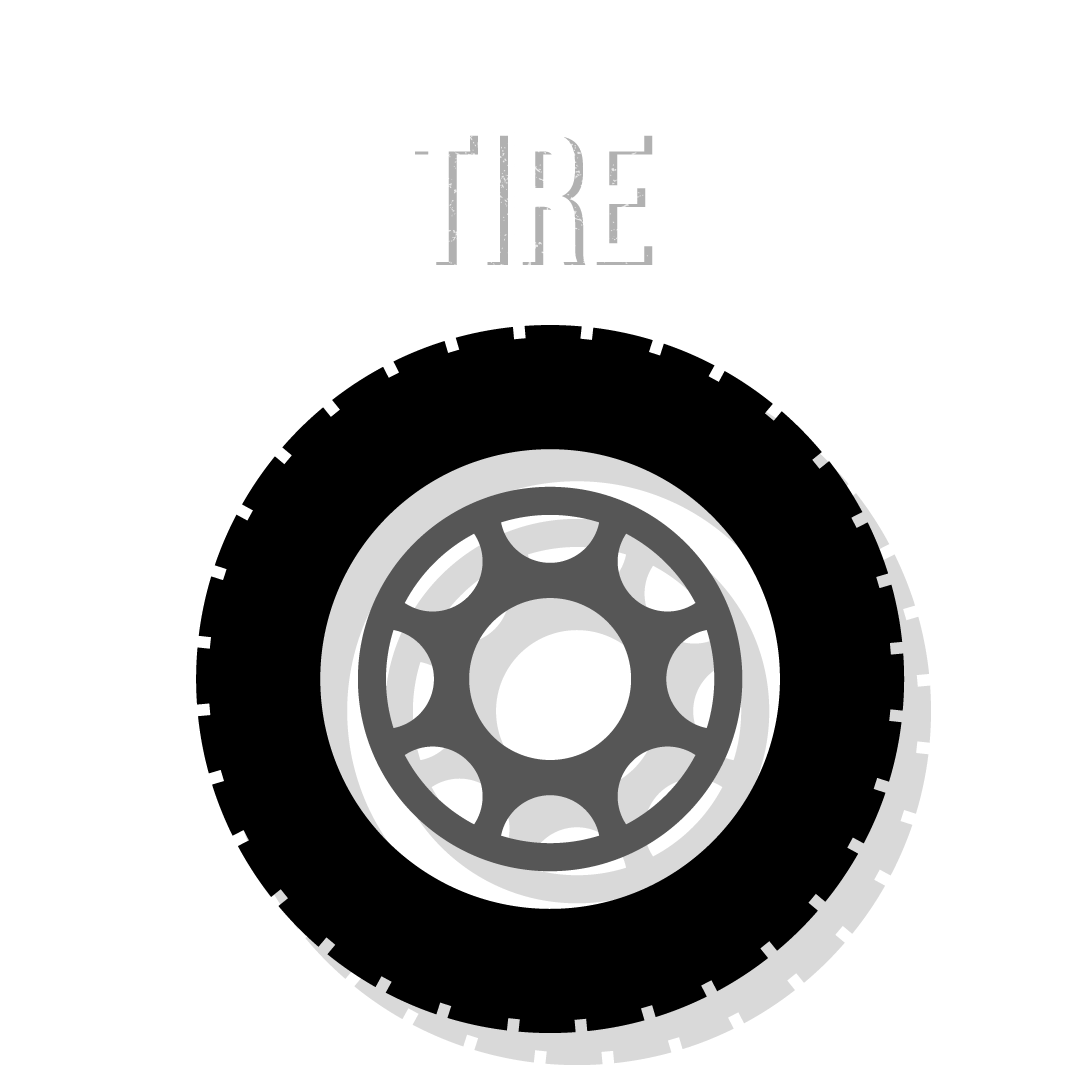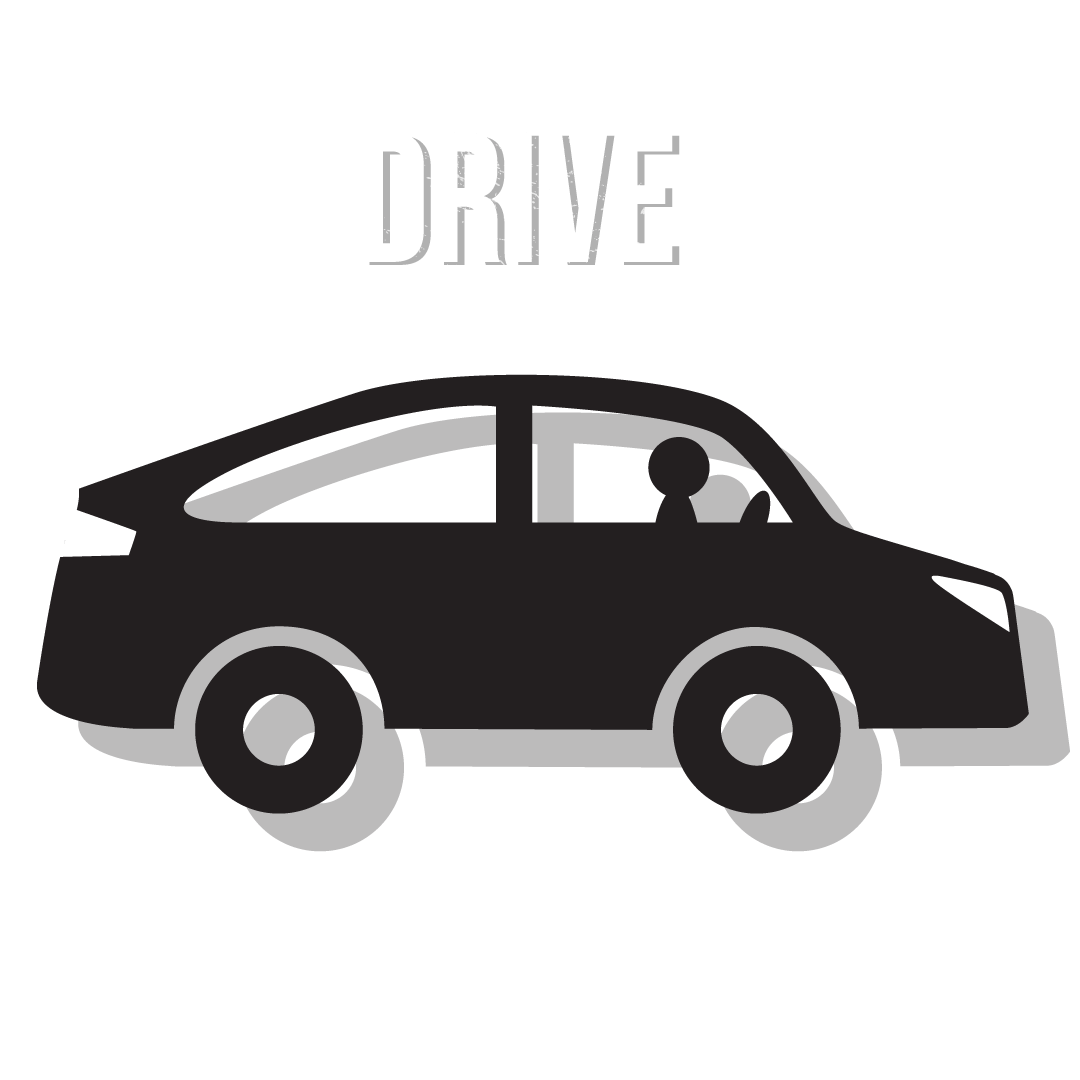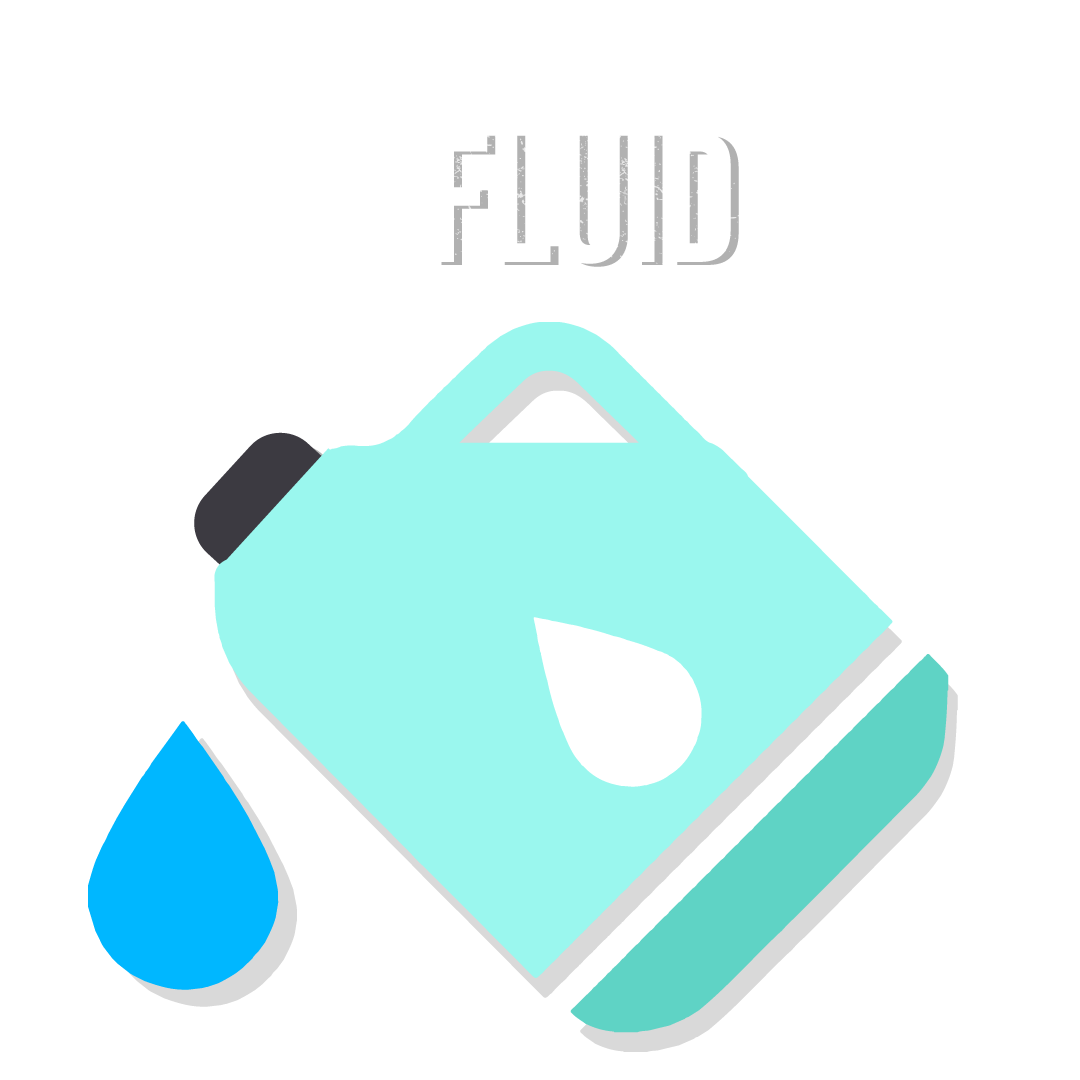
10 THINGS EVERY DRIVER SHOULD KNOW ABOUT THEIR CAR
Driving is an integral part of our lives, but it’s also dangerous. Even responsible, well-intentioned drivers need to share the road with speeders, weavers and risk-takers. That takes skill and practice and it’s why we’ve compiled resources for you to help.
Click the icons below to learn more!
- What kind of fuel does it take?
- Where is the gas tank located?
- Where to find the clue on the dashboard?
- What is the correct tire pressure? and where to find it?
- Does your car have a spare tire?, what kind and where to find it?
- Where is the jack located in your car?
- Does your car have front-wheel, rear-wheel, all, or 4-wheel drive? and why is this important?
- Where to put the washer fluid for front and/or rear windows?
- Where is the hazard button and when to use it?
- Where is your car’s safety kit, or how to assemble one?
- Where are the insurance documents, ownership, and license located?
- Where is your roadside assistance info and call list for emergency?
Our video library is full of informative content covering all aspects of driving. The videos contain a variety of instructional, cautionary, and educational videos to help you and your loved ones make the best driving decisions possible.
Click the button below to access our library!
Tank Side
Knowing what kind of fuel and octane you need in your vehicle is very important. Most vehicles have their gas tanks on the back left or back right-side, however some high-end sports cars can have it at the front. To figure out where yours is, there are a few things you can do: physically check which side of the the vehicle it’s on or check your dashboard behind the wheel to see which direction the arrow is pointing.
Where is my Jack?
Most new cars today come equipped with a jack, but some don’t in an attempt to decrease weight and save fuel economy. You can find out if your vehicle has one by looking in the owner’s manual or opening the floor covering in your trunk in the same place where the spare tire is stored. This is important to know since everyone will get a flat tire at some point in their driving career. Knowing if you have one or that it’s there will help the roadside assistance person fix your tire.

How to Change Washer Fluid
Changing windshield washer fluid is important, especially in the winter, as it helps you see and stay safe. Your vehicle will tell you when you are out of washer fluid with that symbol appearing on the dashboard. It’s important to always have an extra bottle of washer fluid in your vehicle in case something happens where you don’t have access to buy it. To change the fluid: open your hood and look for the reservoir with the symbol above. Most newer cars take a whole bottle or more of washer fluid, which is why having an extra on hand is always important. The same receptacle is used if you have both front and back wipers in new vehicles. If you have an older car, however, it may be equipped with two separate receptacles for the front and back.

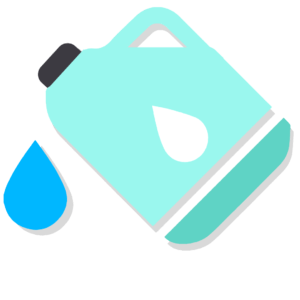
Hazard Lights
License, Insurance, and Ownership documents
Emergency lights or hazard warning lights are just your left and right signals flashing in unison to alert other vehicles of: a broken-down vehicle, a crash, someone is temporarily parked on a street, or traffic slows-down or stops very abruptly. It is located in the middle of the dashboard above the console where air conditioning or GPS screens are located. The symbol is universal, so no matter where you are, you can find the button. Make sure you familiarize yourself with when to use it in different countries as their rules are different than ours.
To operate a vehicle, the driver must have their license with them. It is illegal to operate a vehicle without a valid license. The fine for doing so is between $200 – $1000. Having all your required documents with you when driving is crucial in case a collision were to occur or if you got pulled over. Most people keep their license in their wallet as it is used frequently. It is a good rule of thumb to photocopy both your ownership and insurance in case something happened. These documents can be stored in the glove-box so you don’t have to worry about them.



